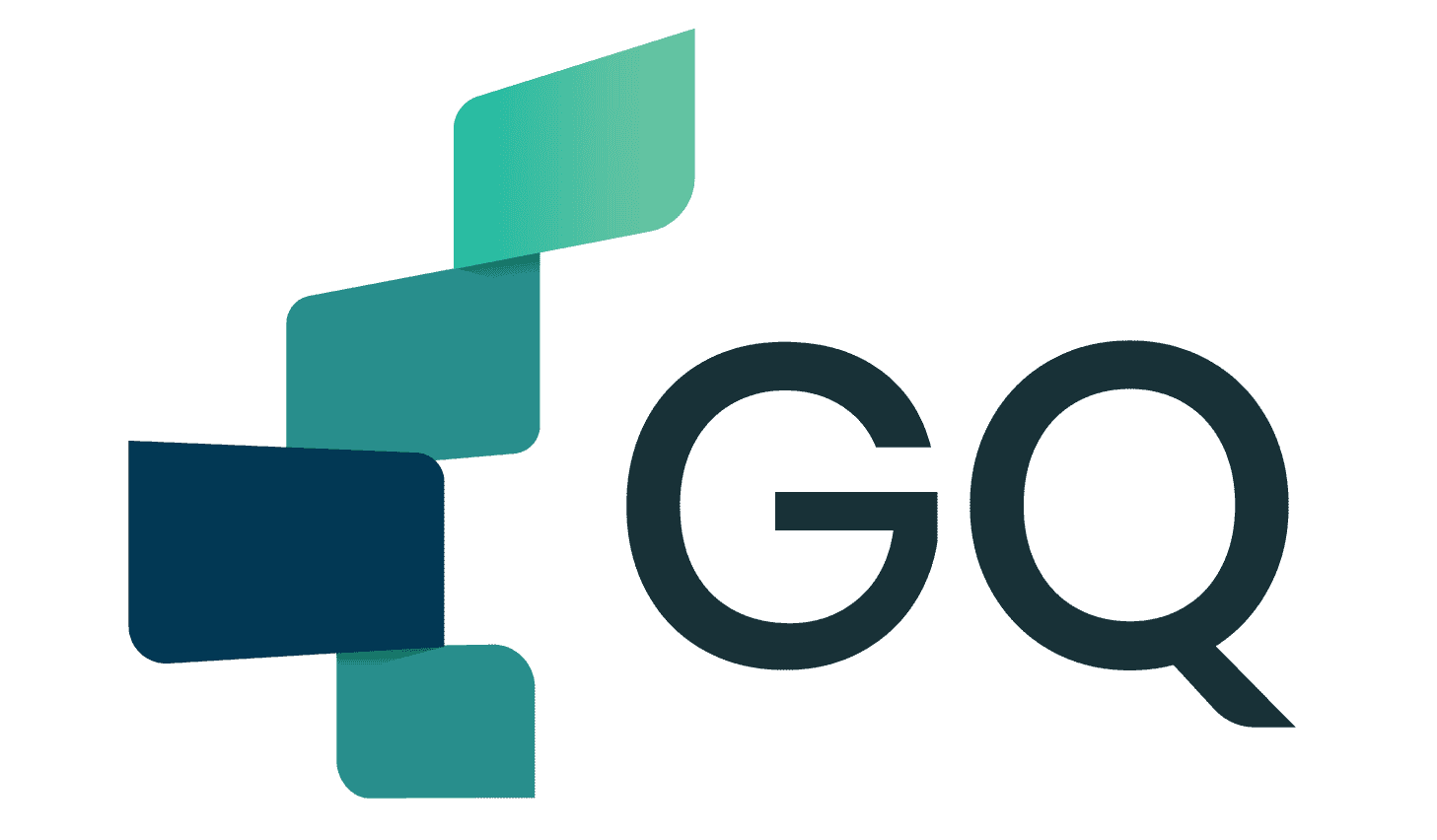
- Trends Shaping the Future of HR Sourcing
- Measuring the Impact of HR Sourcing
- Key Metrics to Track
In today’s competitive hiring landscape, HR sourcing has evolved from a supporting function to a strategic business asset. By leveraging sourcing techniques that combine technology, market insights, and human expertise, companies can access the right talent faster, more cost-effectively, and with greater alignment to their long-term goals.
What Is HR Sourcing?
HR sourcing is the proactive process of identifying, attracting, and engaging potential candidates before a role is even open. Unlike traditional recruitment, which often begins only after a vacancy appears, sourcing builds and nurtures a pipeline of qualified talent in advance. It includes active outreach, passive candidate engagement, talent mapping, and employer branding strategies.
What Is the Difference Between Sourcing and Recruiting?
The terms sourcing and recruiting are often used interchangeably, but they refer to two distinct stages in the talent acquisition process.
Sourcing is the proactive search for potential candidates. It involves identifying, researching, and engaging both active job seekers and passive talent—people who aren’t necessarily looking but may be a strong fit.
Key activities in sourcing include:
- Talent mapping and market research
- Building candidate pipelines
- Boolean searches on platforms like LinkedIn or GitHub
- Outreach and engagement messaging
- Screening for basic fit and interest
Goal: Find and attract the right candidates to consider for a role—even before a job is formally open in some cases.
Recruiting starts after sourcing and involves managing the full hiring process. Recruiters take sourced candidates (and inbound applicants), guide them through interviews, evaluate qualifications, and manage offers.
Key activities in recruiting include:
- Interview coordination and evaluation
- Candidate experience management
- Communication with hiring managers
- Negotiation and offer rollout
- Onboarding handover
Goal: Move qualified candidates through the selection process and secure the best hire for the organization.
Some companies split these into separate roles (e.g., sourcing recruiters or talent sourcers), while others combine them under full-cycle recruiters. But understanding the distinction helps optimize each phase of the hiring journey.
Internal
Internal sourcing focuses on finding talent within the organization. This includes promotions, internal transfers, succession planning, and employee referrals. By tapping into existing employees, companies benefit from faster onboarding, reduced hiring costs, and improved retention—since internal hires are already familiar with the company culture and systems.
External
External sourcing targets candidates outside the organization. It involves posting on job boards, searching LinkedIn and industry platforms, running recruitment campaigns, or using external databases and talent marketplaces. This approach offers access to a broader and more diverse talent pool, ideal for injecting fresh perspectives or meeting specific skill gaps.
Passive
Passive sourcing is the art of identifying professionals who are not actively job hunting but may be open to new opportunities. This often includes strategic LinkedIn searches, targeted outreach, networking events, or competitive talent mapping. Though slower than active sourcing, it typically yields higher-quality candidates with unique experience.
Active
Active sourcing focuses on individuals who are actively seeking employment. These candidates often apply through job portals, attend job fairs, or respond to recruitment ads. Because they’re ready to move quickly, this method can speed up hiring—but may require more vetting to ensure quality and fit.
Benefits of HR Sourcing
HR sourcing has become an essential pillar of modern talent acquisition strategy. Rather than waiting for the right applicants to apply, companies that proactively source talent gain a significant edge—especially in competitive or specialized markets. Below are the core benefits of HR sourcing that directly impact both short-term hiring success and long-term organizational growth:
Faster Time-to-Hire
One of the most immediate benefits of HR sourcing is speed. By continuously building and nurturing a talent pipeline, companies are able to respond quickly to hiring needs. This minimizes vacancy duration and ensures business continuity—especially critical in roles that directly impact operations, revenue, or customer service.
Improved Quality of Hire
HR sourcing enables deeper vetting and relationship-building with candidates before they even enter the formal recruitment process. This results in higher-quality candidates—those who are not only technically competent but also culturally aligned and genuinely interested in the opportunity.
Reduced Hiring Costs
While sourcing does require time and resources, it significantly reduces reliance on costly recruitment agencies and decreases advertising spend. Moreover, filling roles faster minimizes the hidden costs of vacancies such as lost productivity or overburdened teams.
Access to Passive Talent
Traditional recruiting captures only the small segment of the workforce actively looking for jobs. HR sourcing opens the door to passive candidates—professionals who are currently employed but open to the right opportunity. This unlocks a higher-caliber pool of candidates who may not apply through job boards.
Better Alignment with Business Strategy
Effective sourcing isn’t just about filling roles—it’s about hiring people who can help drive the business forward. By aligning sourcing efforts with workforce planning and future growth goals, companies can proactively identify the types of talent they will need, months or even years in advance.
Strengthened Employer Brand
Sourcing is also a form of brand building. Every touchpoint—whether through LinkedIn outreach, talent communities, or personalized emails—reinforces the company’s image as a forward-thinking and desirable place to work. Over time, this builds trust and recognition among candidates.
Diversity and Inclusion Advancement
Dedicated HR sourcing teams can tailor their strategies to reach underrepresented talent pools, helping companies make tangible progress on diversity and inclusion goals. Targeted sourcing initiatives go beyond “equal opportunity” and actively pursue balanced representation across roles.
In summary, HR sourcing is more than a recruitment tactic—it’s a strategic asset. It supports workforce planning, reduces risk, improves hire quality, and contributes directly to business growth and resilience. Organizations that invest in structured, data-driven sourcing strategies position themselves to attract top talent—before competitors even know they’re looking.
Challenges in HR Sourcing
Talent Shortages in Critical Roles
Some industries and job functions—such as IT, engineering, healthcare, or supply chain—face significant talent gaps. Sourcing professionals may find that there simply aren’t enough qualified candidates in the market, especially for niche or specialized positions. They are often required to cast wider nets, engage in more aggressive outreach, and spend more time nurturing scarce profiles. This not only slows down hiring but also puts pressure on internal resources to deliver results in highly constrained environments.
Engaging Passive Candidates
Passive candidates, those not actively seeking new roles, make up a significant portion of the professional workforce. While they often possess the ideal combination of experience, skill, and stability, they’re also the most difficult to attract. Reaching out to passive candidates requires careful personalization, a compelling value proposition, and persistence over time. Companies that treat passive outreach the same as active job postings often see poor response rates and limited traction, leading to missed opportunities and pipeline stagnation.
Misalignment with Hiring Managers
Effective sourcing is only possible when there’s clarity and alignment between sourcing teams and hiring managers. When expectations around job requirements, candidate personas, or timelines are vague or inconsistent, sourcing efforts often drift off course. This results in irrelevant profiles being submitted, frustration on both sides, and delays in the hiring process. Regular collaboration, structured intake meetings, and shared metrics are essential to overcoming this disconnect and maintaining alignment from search kickoff to hire.
Compliance and Data Privacy
As sourcing becomes more data-driven, companies must navigate increasingly strict regulations around data protection and candidate privacy. Laws like GDPR and CCPA require organizations to manage candidate data with care, obtain proper consent for outreach, and offer transparency throughout the hiring process. Failing to comply can result in reputational damage, legal consequences, and loss of trust. HR sourcing teams must stay up to date with evolving compliance requirements and build workflows that prioritize ethical sourcing practices.
Why Hire HR Sourcing Specialists?
Partnering with HR sourcing experts means gaining access to dedicated professionals who focus solely on talent identification and engagement. These specialists understand niche roles, industry trends, and the psychology of passive candidates.
They use tools like Boolean search, CRM platforms, and market mapping to uncover hidden talent pools that generalist recruiters may miss. This specialized focus results in faster, better-informed hiring decisions.
Trends Shaping the Future of HR Sourcing
- AI and Automation: Intelligent tools now assist with candidate profiling, screening, and engagement workflows.
- Diversity Sourcing: Sourcing is now central to inclusive hiring strategies that seek out underrepresented talent.
- Remote-Ready Talent Pools: As flexible work becomes the norm, sourcing extends beyond local markets into global talent ecosystems.
Download our e-book
Download our free e-book to discover how GQ Interim can transform your business with expert leadership solutions!
Measuring the Impact of HR Sourcing
Understanding the effectiveness of HR sourcing efforts is essential for optimizing strategies, demonstrating ROI, and ensuring alignment with broader business objectives. However, because sourcing often occurs early in the recruitment funnel—before interviews or offers—it can be difficult to quantify its true value. To address this, companies need a blend of short-term activity metrics and long-term performance indicators that together tell the full story of sourcing impact.
Why Measurement Matters
Sourcing isn’t just about filling a spreadsheet with names; it’s about building pipelines that lead to better hires, faster timelines, and stronger business performance. Measuring sourcing performance allows HR and talent acquisition teams to:
- Identify what sourcing channels and strategies yield the best results
- Justify investments in sourcing tools, teams, and partnerships
- Improve collaboration with recruiters and hiring managers
- Adjust outreach tactics based on real-world feedback and data
- Forecast talent availability and hiring success for strategic roles
Key Metrics to Track
To get a complete picture, organizations should track both activity-based and outcome-based sourcing metrics:
- Time-to-Source: The time it takes to identify and engage the first viable candidate. Shorter times reflect sourcing efficiency, especially for high-priority or hard-to-fill roles.
- Candidate Response Rate: The percentage of candidates who respond to initial outreach. This metric reveals the quality of messaging and the attractiveness of the opportunity.
- Sourcing Channel Effectiveness: Analyzes which platforms (e.g., LinkedIn, referrals, niche job boards) generate the most qualified leads. Helps optimize budgets and efforts toward the highest-yield sources.
- Pipeline Conversion Rate: Tracks how many sourced candidates move from initial contact to interviews, shortlists, and offers. A healthy conversion rate indicates alignment with the role and good candidate experience.
- Quality of Hire (QoH): One of the most critical long-term metrics. QoH measures how well sourced candidates perform in their roles, based on hiring manager feedback, performance reviews, and retention data.
- Cost-per-Sourced Hire: Calculates the average cost of sourcing activities per successful placement. This includes tools, software licenses, labor, and any external support.
- Diversity of Pipeline: Measures how effectively sourcing strategies are contributing to inclusive hiring by evaluating demographic diversity in the candidate pool.
Data Sources and Tools
To collect and interpret sourcing data accurately, companies need the right infrastructure. Most organizations use a combination of:
- Applicant Tracking Systems (ATS) to track candidate progress
- CRM platforms for long-term candidate relationship management
- Analytics dashboards to visualize performance metrics in real time
- Survey tools for gathering candidate and hiring manager feedback
- Sourcing-specific tools (e.g., SeekOut, Entelo, Hiretual) that offer built-in reporting features
Conclusion
Implementing a strategic HR sourcing approach empowers organizations to proactively build a talent pipeline, enhance the quality of hires, and align recruitment efforts with business objectives. By leveraging technology and focusing on long-term relationships with potential candidates, companies can navigate the competitive talent landscape effectively.
For businesses aiming to optimize their talent acquisition strategy, partnering with experienced HR sourcing professionals can provide the expertise and resources necessary to achieve recruitment goals and drive organizational success.
Interested in Interim Expert?
Discover how interim management can dramatically increase the efficiency of your business. Get in touch with our team to learn how working with GQ Interim will improve your company.
- Get started within few days
- Database of 10 000+ consultants
- Solving crucial problems of your business
- Custom solutions for your business needs
- Proven results with measurable impact
Related articles

- A balanced scorecard example demonstrates how organizations can measure more than just financial performance. Developed by Robert Kaplan and David Norton, the balanced scorecard tracks goals across finance, customers, internal processes, and learning & growth. By aligning these perspectives, it ensures that daily operations support long-term strategy and sustainable growth.

- The Theory of Constraints (TOC) is a structured approach to improving organizational performance by focusing on the single most limiting factor—the constraint. Whether it’s a production bottleneck, market demand, or a sales conversion gap, TOC answers three core questions—what to change, to what to change, and how to cause the change—and drives continuous improvement through five disciplined steps: identify, exploit, subordinate, elevate, and repeat.

- Software quality assurance ensures that software consistently meets stakeholder needs by preventing defects and validating that products align with defined quality attributes (e.g., reliability, security, performance). Blending defect management practices with standards-based quality models like ISO/IEC 25010 helps teams plan, measure, and continuously improve quality throughout the lifecycle.

- During our jobs we meet very often with many symbols and shortcuts or abbreviations e.g. FMEA, PPAP, CC, SC etc. When I did my first internal audit at work I had to also check the implementation of CE marking. Previously I have done the research what is this CE marking to not be absolutely lost in this area. So what is it and how is itused?
